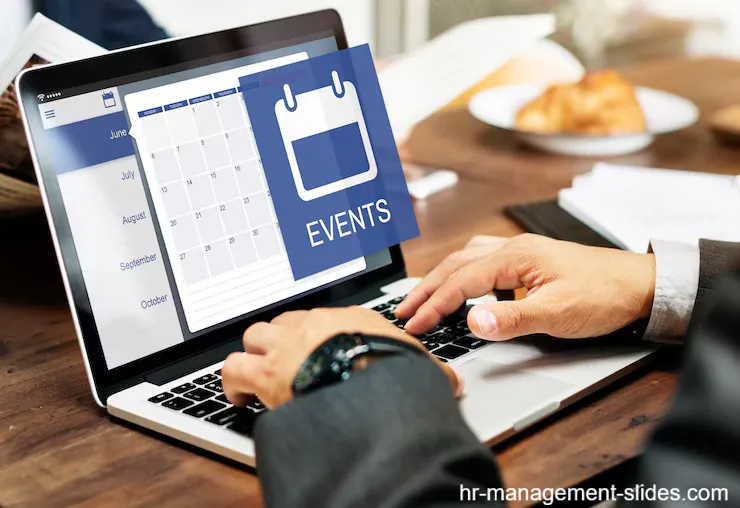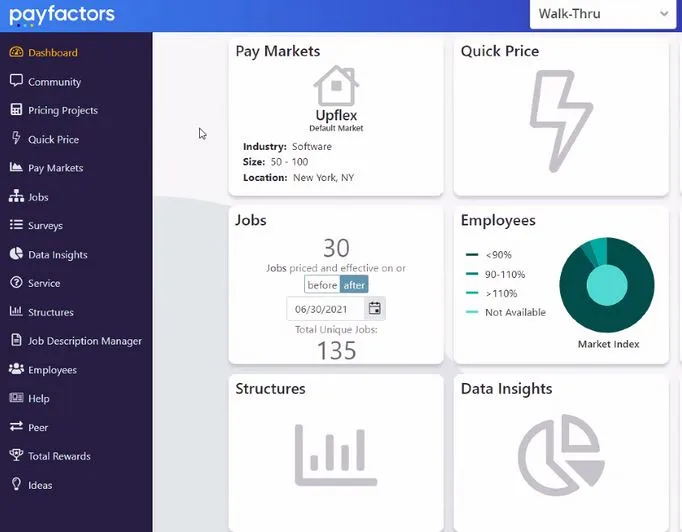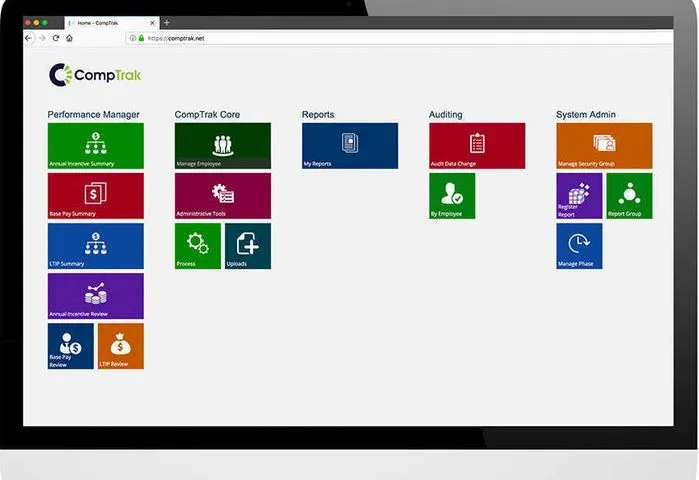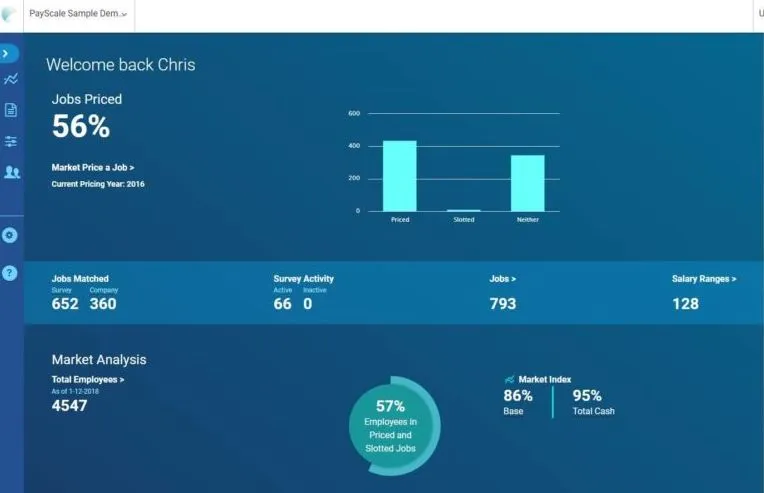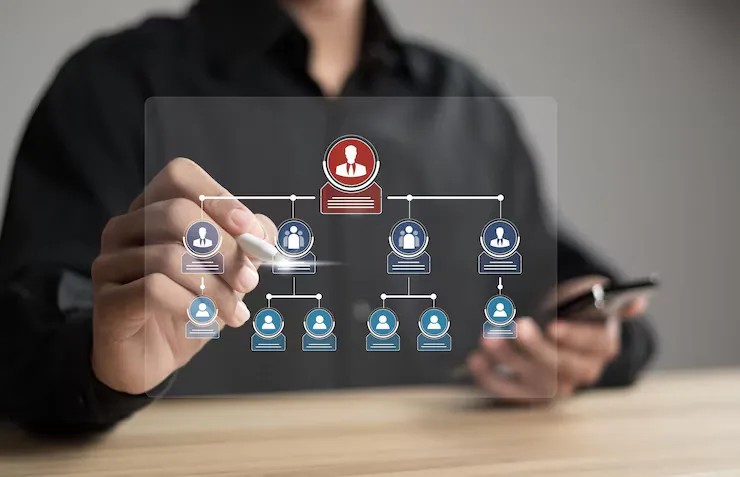Tracking employee attendance can be a challenging task, especially for growing businesses. Manual methods often lead to errors, inefficiencies, and compliance issues. This is where attendance HR software plays a crucial role. By automating attendance tracking, businesses can improve accuracy, save time, and ensure compliance with labor laws.
Whether employees work in-office, remotely, or in a hybrid setting, attendance tracking software ensures a seamless experience. But what exactly is attendance HR software, and why is it essential for modern businesses? Let’s dive in.
What Is Attendance HR Software?
Attendance HR software is a digital solution designed to track and manage employee work hours, leaves, and shifts. It helps businesses automate timekeeping, eliminate manual errors, and generate reports for payroll processing.
Most attendance HR software integrates with HR management systems, ensuring seamless operations. Whether it’s a small business or a large enterprise, this software optimizes workforce management by providing real-time data and analytics.
Additionally, it offers features like biometric verification, geolocation tracking, and cloud-based reporting to enhance workforce efficiency.
By implementing this software, companies can move away from outdated, error-prone systems such as punch cards or manual spreadsheets.
Types of HR Attendance Software
There are different types of HR software for attendance tracking, each catering to specific business needs. Here are the most common ones:

Biometric Attendance Systems
These use fingerprint, facial recognition, or retina scanning to record attendance. They are highly secure and eliminate buddy punching or fraudulent clock-ins.
Since biometric data is unique to each employee, the chances of errors or misuse are minimal. This system is especially useful for organizations requiring high levels of security, such as government agencies, financial institutions, and healthcare facilities.
Cloud-Based Attendance Software
This type allows employees to clock in from any location using mobile apps, web portals, or GPS-based tracking. Ideal for remote and hybrid teams, cloud-based solutions provide real-time attendance updates.
These systems integrate seamlessly with HR and payroll software, ensuring that all attendance records are updated automatically. Additionally, they offer employees self-service options, allowing them to check their work hours, apply for leaves, and receive approvals digitally.
Learn more: What is All in One HR System? Here the 5 Major Components
The Function and Benefits of HR Attendance Software
Implementing attendance HR software offers various functions and benefits that streamline workforce management. Here’s how:
Functions:
- Automated Time Tracking – Eliminates manual timesheets by accurately recording work hours and eliminating human error.
- Leave Management – Enables employees to request leaves digitally, while HR can approve or reject them seamlessly. Some software solutions also provide leave balance tracking and automated alerts for policy compliance.
- Payroll Integration – Syncs attendance data with payroll systems to ensure precise salary calculations. This feature helps reduce payroll discrepancies and ensures timely salary disbursement.
Benefits:
- Increased Accuracy – Reduces human errors associated with manual attendance tracking. Businesses can trust that all attendance data is recorded accurately without manipulation.
- Cost Efficiency – Minimizes payroll discrepancies and prevents unauthorized overtime expenses. This leads to significant cost savings over time.
- Improved Productivity – Employees and HR teams save time with automated tracking and reporting, allowing them to focus on more strategic initiatives.
Best HR Attendance Tracking Software
Choosing the right HR attendance tracking software depends on business needs and budget. One of the top-rated solutions in this category is BambooHR.
BambooHR
BambooHR is an all-in-one HR software that includes robust attendance tracking features. It offers:
- Mobile check-in and check-out with GPS tracking, making it ideal for remote workers.
- Automatic time-off management and approval workflows, reducing HR workload.
- Customizable reports and payroll integrations, ensuring seamless financial management.
- User-friendly interface for both employees and HR teams, making it easy to navigate and use.
In addition to attendance tracking, BambooHR provides performance management, employee onboarding, and document storage features.
This makes it a comprehensive HR solution for businesses looking to streamline multiple HR functions in one platform.
Other Notable HR Attendance Software Solutions
- Kronos Workforce Ready – A powerful cloud-based solution that integrates time tracking with workforce analytics.
- ADP Workforce Now – Offers advanced reporting tools and payroll processing alongside attendance tracking.
- Deputy – Great for shift-based businesses, with automated scheduling and compliance features.
Find more: The HR Time Management Software Upside and Downside
So, Are You Ready to Implement This?
Investing in attendance HR software is a game-changer for businesses seeking efficiency and accuracy in workforce management. Whether using biometric systems, cloud-based solutions, or RFID technology, the right software enhances productivity and compliance.
With advanced tools like BambooHR, Kronos, and ADP Workforce Now, companies can eliminate manual errors, streamline payroll, and improve employee accountability.
As businesses evolve, the need for a reliable attendance HR software will only grow. If you want to optimize your workforce and ensure seamless attendance tracking, now is the time to explore the best solutions in the market. Start improving your HR operations today!
